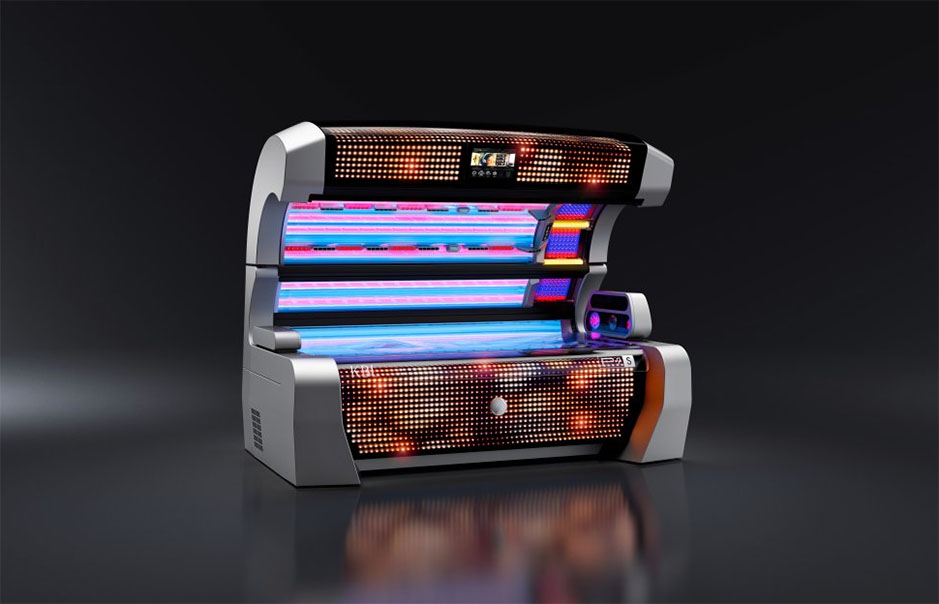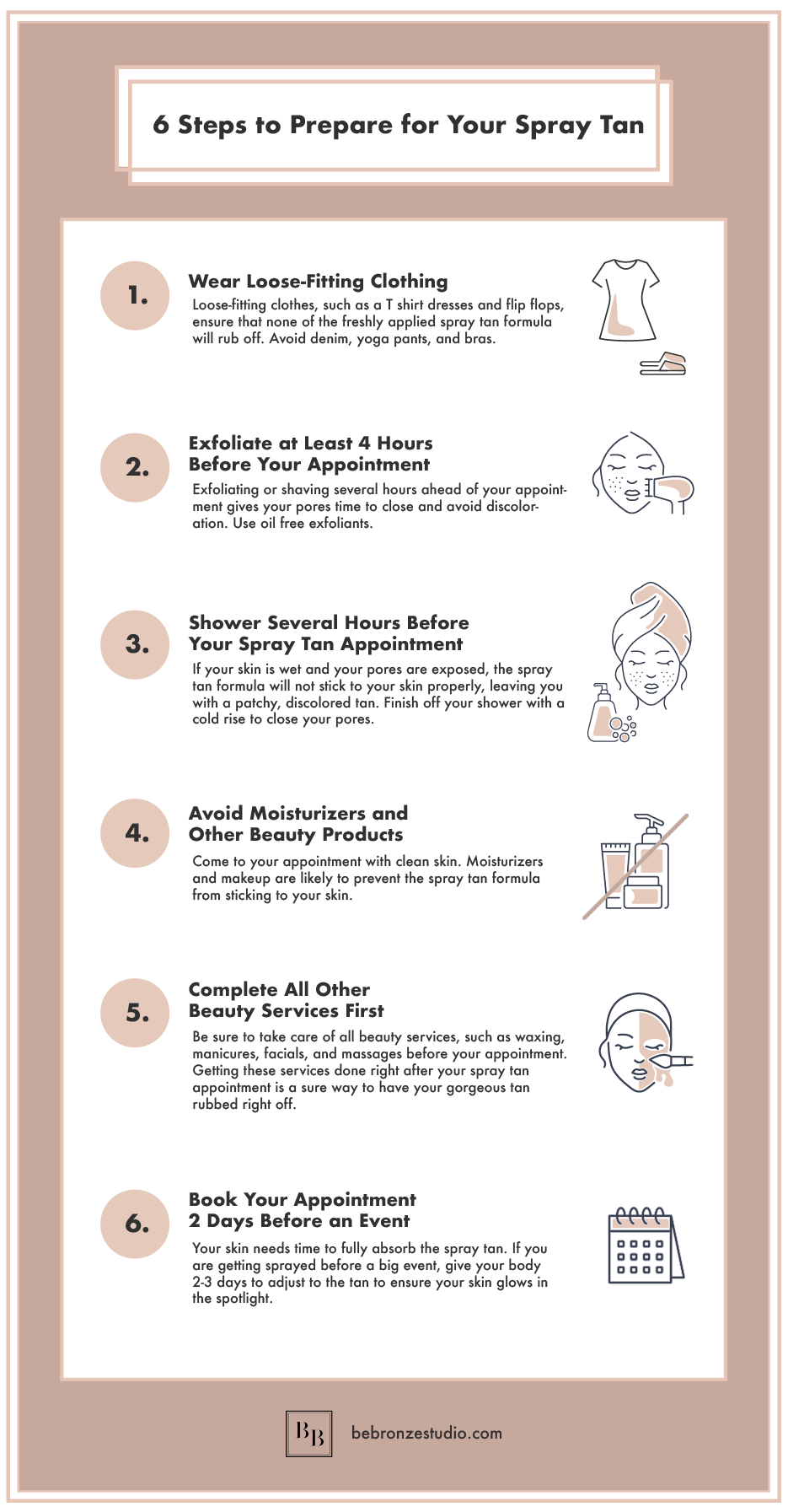Tanning Salon Basics
How to use a tanning salon?Preparing for a tanning bed session involves several key steps, including exfoliating your skin, removing makeup and jewelry, and applying a suitable indoor tanning lotion. As reported by Palm Beach Tan, it’s crucial to consult with a tanning expert to determine your skin type and select the appropriate sunbed and session duration for optimal results.
Selecting the Right Tanning Equipment


When selecting tanning equipment for a salon, it’s crucial to consider various factors to ensure customer satisfaction and business success. Stand-up tanning units offer a spacious experience, while lay-down beds come in low-pressure, high-pressure, and hybrid options. High-pressure lamps provide quicker, more intense tans, and some modern beds incorporate LED lighting for comfort and energy efficiency. Features like cooling systems and adjustable settings cater to different skin types and preference. Energy-efficient, Energy Star-rated equipment can significantly reduce operating cost. It’s important to assess your salon’s needs, budget, and available space when choosing equipment. Additionally, consider offering a mix of tanning beds to accommodate diverse client preferences and ensure compliance with safety and regulatory standards.
Pre-Tanning Skin Care Routine
A proper pre-tanning skin care routine is essential for achieving an even, long-lasting tan. Start by thoroughly cleansing your skin to remove any makeup, oils, or impurities that could create a barrier. Exfoliate gently to remove dead skin cells, which helps the tan develop more evenly. However, avoid using oil-based scrubs within 24 hours of your appointment. Moisturize your skin with an oil-free moisturizer to keep it hydrated, as this helps the skin absorb the tan better. It’s crucial to avoid applying any oils, lotions, or deodorants on the day of your tanning session, as these can interfere with the tanning proces. Finally, stay well-hydrated by drinking plenty of water, which primes your skin for tanning and helps ensure an even, longer-lasting result.
Understanding Skin Types and Tanning


Understanding your skin type is crucial for safe and effective tanning. The Fitzpatrick scale classifies skin into six types based on its reaction to UV exposure. Type I skin, which is very fair and always burns, should not use tanning beds. Types II and III can tan gradually but burn easily, requiring careful exposure. Types IV and V tan more easily with less risk of burning, while Type VI, naturally dark skin, rarely burns but may not show significant color change from tanning. Professional tanning salons use this classification to determine appropriate exposure times and intensities for each individual. It’s important to note that all skin types can be damaged by UV radiation, so protective measures and moderation are essential regardless of your skin type. Always consult with a trained professional to determine your skin type and develop a safe tanning regimen.

